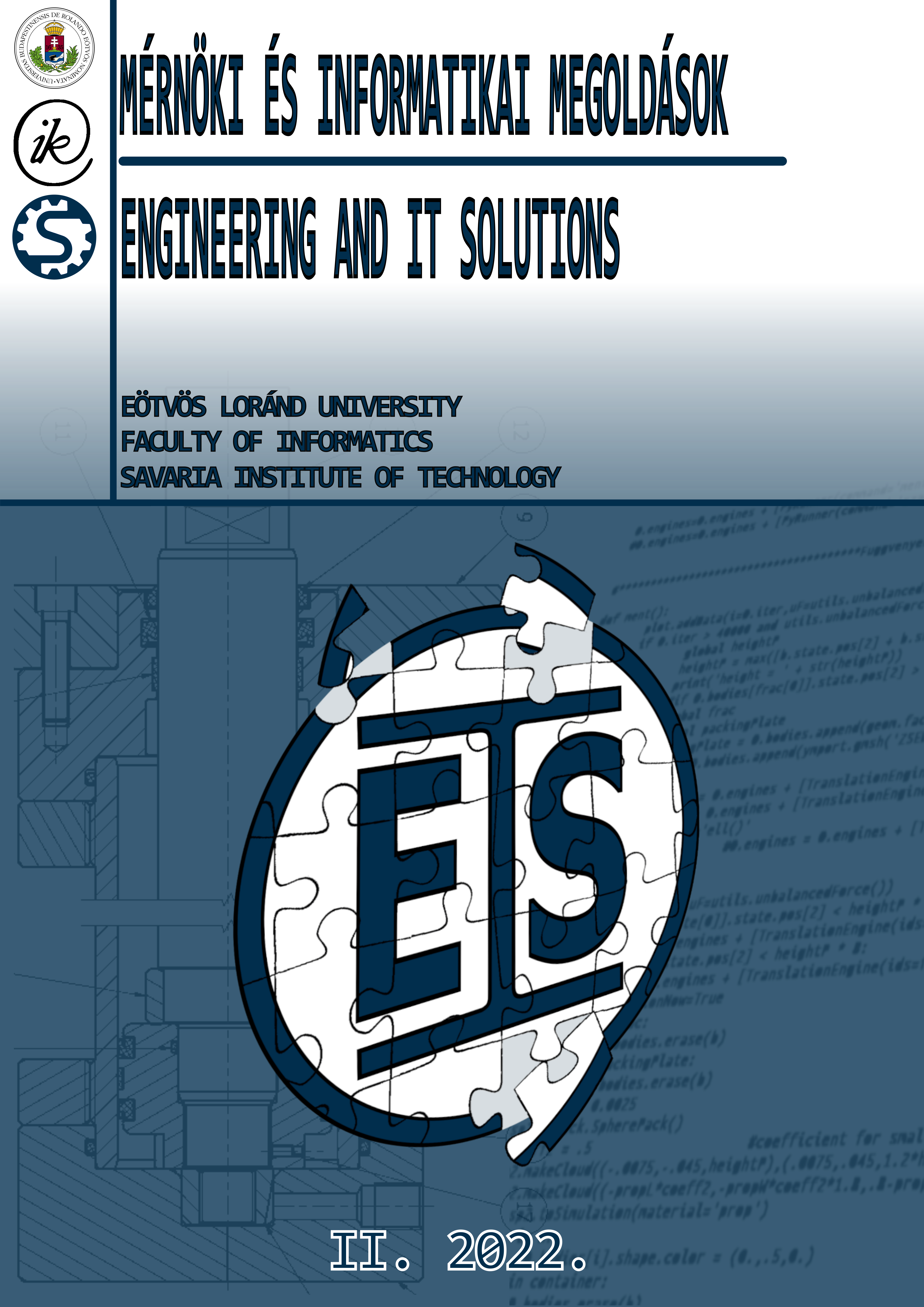Models for symmetric cold rolling of an aluminum sheet
DOI:
https://doi.org/10.37775/EIS.2022.2.1Kulcsszavak:
cold rolling, aluminum, finite element model, flow-line modelAbsztrakt
In the current work, the behavior of Al alloys during cold rolling is studied with the help of numerical approaches such as Finite Element (FEM) and Flow-Line (FLM) Models. The applicable simplifications for each method have been summarized in this contribution. For simulating the process of rolling, a material model was employed, which is based on the measured values obtained from the tensile test. The results of the conducted rolling experiments were compared with the numerical simulations performed by employing the experimental material models. The analysis of simulated and experimental data allowed us to evaluate the friction coefficient. A relationship has been established between the minimum friction coefficient necessary for rolling and the estimated one and this result is in a good agreement with the counterpart reported in literature sources. The established method was used for the evaluation of the characteristic components of the strain, namely the normal, shear, and equivalent components. The comparative study between recorded measurements and simulations indicates that both the FEM and FLM models can be successfully applied to simulate the symmetric cold rolling process of aluminum with sufficient accuracy.

